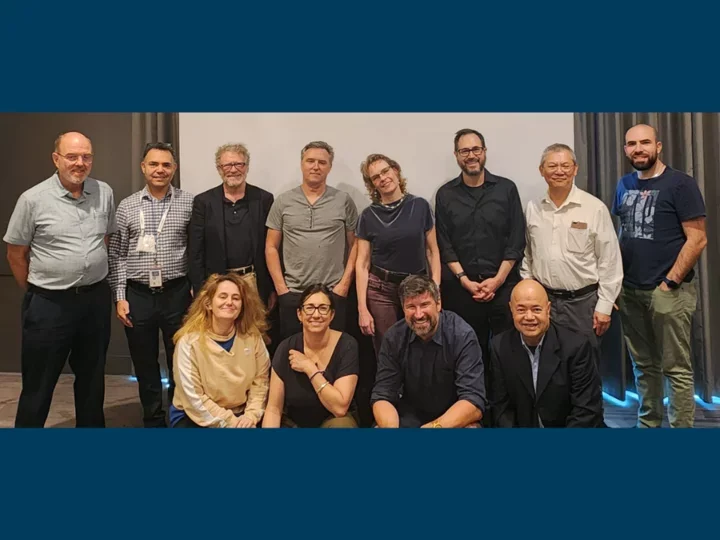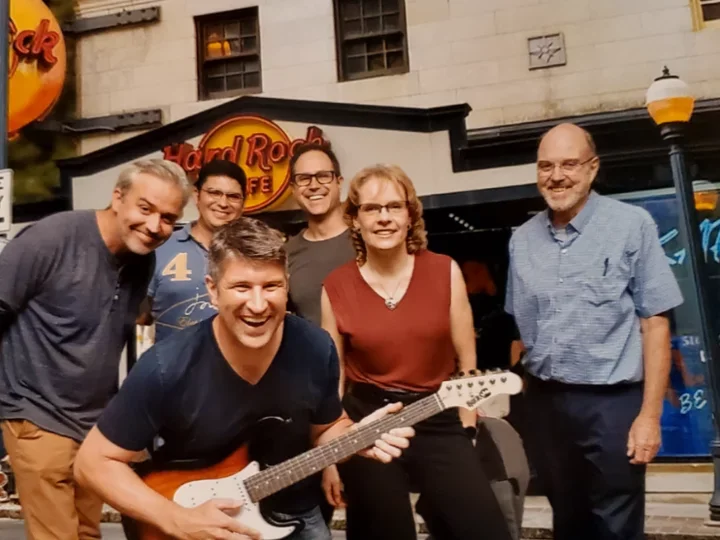Funding
Business Contract Agreement, NeuroPair.Inc.: "Magnetic particle nanofiber testing in a human trauma culture model"
Principal Investigator: Wanner, Ina-Beate
This project tests novel magnetic particle scaffolds on traumatized human astrocytes. It will determine toxicity and efficacy in modulating astroglial scar formation. Imaging data will inform on astroglial reactivity and viability.
Industry Sponsored Research Agreement, Ischemix Inc.: "Cytoprotective application of CMX-2043 on human traumatized astrocytes"
Principal Investigator: Wanner, Ina-Beate
This project focuses on the role of insulin for human astrocyte resilience to traumatic injury. Work also tested the neuroprotective efficacy of an insulin receptor agonist, the alpha-lipoic acid derivative CMX-2043 by optimizing application dose and time, its viability, and biomarker profile for clinical translation.
Industry Sponsored Research Agreement, Astrocyte Pharmaceuticals Inc.: "Pharmacodynamic study of AST-004 in rescuing human traumatized astrocytes"
Principal Investigator: Wanner, Ina-Beate
The goal of this translational study is to evaluate the therapeutic efficacy of the adenosine receptor agonist AST-004 using our human trauma culture model. This research has discovered novel human astrocyte injury processes and new findings on the drug’s mechanism of action. The work has been determining the optimal dose of AST-004 and provides pharmacodynamic biomarkers for clinical trials for traumatic brain injury, TBI patients.
Learn more about Astrocyte Pharmaceuticals
NIH/NINDS TOP-NT Cooperative Agreement: "Predictive accuracy of acute astroglial compromise biomarkers after traumatic brain injury"


UH3 Phase
Principal Investigators: Wanner, Ina-Beate (Partnering PI), Harris, Neil (contact).
The objective of the second, UH3 phase of this Cooperation Agreement is to provide validation and reproducibility in preclinical TBI research: The TOP-NT, the Translational Outcomes Project in Neurotrauma, is a multi-site Cooperative Agreement with investigators from UCLA, John Hopkins University, Georgetown University, Uniformed Services University, Moorhouse School of Medicine, University of Florida and USCF. The teams are reproducing each other’s best TBI blood biomarkers and MRI modalities in three rat TBI models over a range of severities. Pooling rat cohorts allows informing on sex, severity, time and center for all tools and outcomes including behavioral testing and unbiased histopathology. Logistics involved prospective harmonization in language and data organization, infrastructure setup, and creating a comprehensive set of common data elements, the TOP-NT CDE data dictionary.
UG3 Phase
Principal Investigator: Wanner, Ina-Beate (Partnering PI), Harris, Neil (contact).
This Cooperation Agreement has two phases. The goal of the first, the UG3 phase was to use the Astrocyte Injury-Defined, AID biomarkers and diffusion-weighted MRI to monitor acute brain injury processes of moderate and mild controlled cortical impact (CCI) in the rat. Multivariable analyses linked these noninvasive tools with underlying pathophysiology and cellular injury states resulting in novel injury phenotypes.
California State fund of the Brain Research Injury Center: “Rescue traumatized human astrocytes and determine their injury phenotypes and metabolic changes.”
Principal Investigator: Wanner, Ina-Beate
Continuation of prior BIRC funded research on proteomic and metabolomics in vitro trauma studies on injured human astrocytes. Included is further a clinical study using AID biomarkers for diagnosing pediatric brain injury in children requiring extracorporeal membrane oxygenation (ECMO), concussion, sepsis or diabetic ketogenic acidosis; with pediatric intensive care director Dr. Madikians, Mattels Children’s hospital at UCLA.
Learn more about the Brain Injury Research Center
Dana Foundation: “New biomarkers and potential therapy for traumatic brain injury to improve monitoring and outcomes.”
Principal Investigator: Wanner, Ina-Beate
The goal of this project is to diagnose and reverse astroglial metabolic dysfunction after traumatic injury: a translational study in traumatic brain injury patients and human astroglia. During the first phase we will test the hypothesis that detecting astrocyte injury using novel biomarkers, microdialysis and MRI will improve the assessment of patients with traumatic brain injury. The team will also establish rescuing traumatized human astrocytes using a human trauma culture model for future neuroprotective therapies after brain injuries. This is a ‘fist in man’ clinical study.
Learn more about the Dana Foundation
NINDS: SBIR: “Development of immunoassays for highly sensitive diagnostic monitoring of traumatic brain injury using novel astroglial injury-defined biomarkers.”
Principal Investigator: Tim Van Meter, Brain Box Solutions (SBIR is given to industry)
Academic partner Principal Investigator: Ina Wanner
ImmunArray Inc., EnCor Biotech Inc. ImmunArray and the UCLA-based Wanner lab will work jointly to provide sensitive and specific immunoassays for human TBI blood tests astrocyte injury-defined, AID biomarkers and authenticate already existing prototype assays.
DOD, CDMRP: “Improved field management and transport of patients with head and spine injuries.”
UCLA site-Principal Investigator: Ina Wanner
Principal Investigator: Rachel Kinsler, USAARL
USAARL, Rachel Kinsler, The Mind Research Network, Andy Mayer, and the UCLA-based Wanner lab used novel astroglial biomarkers, MRI and histopathology to detect exacerbation from rough road field transportation and to predict recovery of walking after mild/moderate spinal cord contusion in the Yucatan swine.
Abbott Diagnostics: "New traumatic brain injury biomarker candidates-approach and validation."
Principal Investigator: Wanner, Ina-Beate
This project validated new TBI biomarker candidates and their breakdown products using injured human astrocytes and cerebrospinal fluid and blood samples from severe and mild TBI patients.
R21: “Profiling human reactive astrocytes for neurotrauma biomarkers.”
Principal Investigator: Wanner, Ina-Beate
In this project we determined reactivity and protein release profiles of human astrocytes after mechanical trauma and defined an astrocyte proteomic signature in cerebrospinal fluid of TBI patients.
Nielsen Foundation: “Determining astrocyte regeneration factors in an innovative glia scar model.”
Principal Investigator: Wanner, Ina-Beate
In this work differences between wildtype and STAT3-deficient astrocytes were determined using mechanical trauma models in vivo and in vitro. A targeted proteomic screen was conducted that revealed trauma-release proteome and identified STAT3 as an important survival factor for injured astrocytes as well as several novel downstream targets of STAT3 activation during astrogliosis.
Learn more about the Nielsen Foundation
Nick Buoniconti Fund, The Miami Project: “Human glial scar biomarkers of traumatic brain injury and reactive astrogliosis.”
Principal Investigator: Wanner, Ina-Beate
This project entailed pilot studies on determining mechanical trauma-induced reactive gliosis and proteomic studies on traumatized human astrocytes and protein confirmation in CSF, plasma and serum samples of TBI patients.